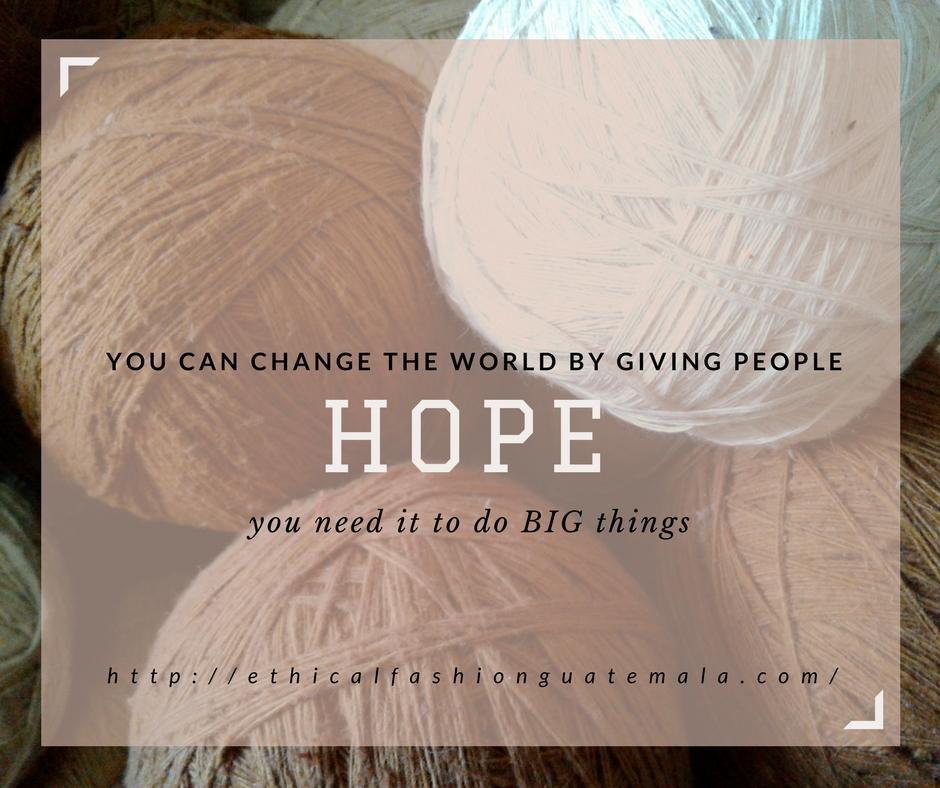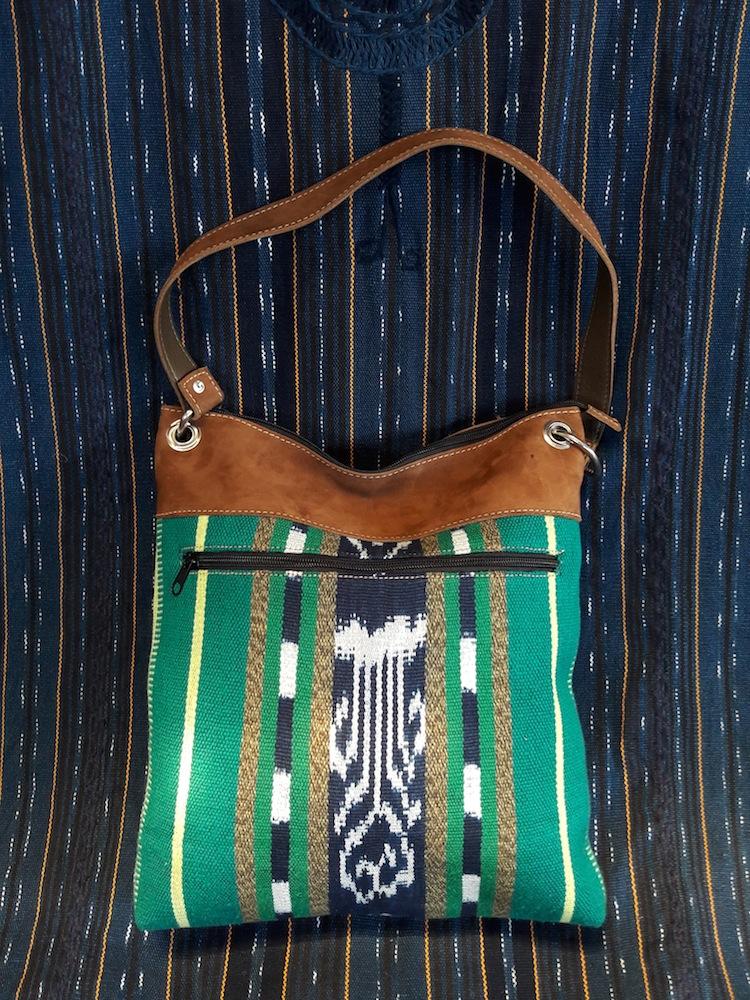Ethical Fashion Guatemala Yarns
Ethical Fashion Guatemala Creates jobs, increases incomes, and promotes cultural heritage. Behind agriculture, artisan activity is the second-largest employer in the developing world. Ethical Fashion Guatemala Organizing and harnessing the power of this sector to increase sales and efficiency has the potential to create jobs, increase incomes, and foster sustainable community development.
Investing in Guatemalan Artisans products preserves the unique Mayan cultural traditions which are at risk of being replaced by lower quality, machine-made products, copies, and knock offs.
We guaranteed through this website Ethical Fashion Guatemala you are dealing directly with the Artisan that has produced the unique products offered.
Most Expensive Ethical Fashion Guatemala Handmade Yarns Are Produced in Guatemala which may surprise many.
Guatemala is not yet known as the world’s producer of the most expensive and exotic cotton Fibers, Threads, Yarns, and woven textiles.
Which is one of the goals of Ethical Fashion Guatemala is to educate the world market and to inform about the rare and unusual Fibers produced by the Mayan Textile producers of Guatemala.
Cotton: It’s almost pure cellulose, with softness and breath-ability that have made it the world’s most popular natural fiber. Fiber length varies from 10 to 65 mm, and diameter from 11 to 22 microns.
In woven textiles, the first step is preparing fiber, which can come from plants, such as cotton or maguey, or animals, such as wool from sheep. In Mesoamerica, only plant fibers were available before European contact. The loose fibers are spun into threads by hand, with spindles, a long stick-like device for holding the thread, and whorls, a weight held on the spindle to increase its motion.
Ancient Maya women had two natural types of cotton to work with, one white and the other light brown, called coruscate, both of which were commonly dyed. The preparation of cotton for spinning was very burdensome, as it had to be washed and picked clean of seeds.
Elite women were also given the opportunity to work with the most expensive feathers and pearl beads. However, women of the elite not only had to prepare the best clothing for their families, but they also had to be talented in weaving tapestry, brocade, embroidery, and tie-dyeing for tribute to other families and rulers.
Weavers had three different natural dyes to work with. Women also worked with maguey. Maguey was of major value as a cordage material used for horse gear, nets, hammocks, and bags.
It absorbs moisture readily, which makes cotton clothes comfortable in hot weather, while high tensile strength in soap solutions means they are easy to wash. Cotton is the world’s most widely used natural fiber and still the undisputed “king” of the global textiles industry.
With a diameter of only 12.5-13 micron, Guatemala produces is the finest Cotton fiber that exists anywhere in the world Today.




 Lake Atitlan Tours
Lake Atitlan Tours